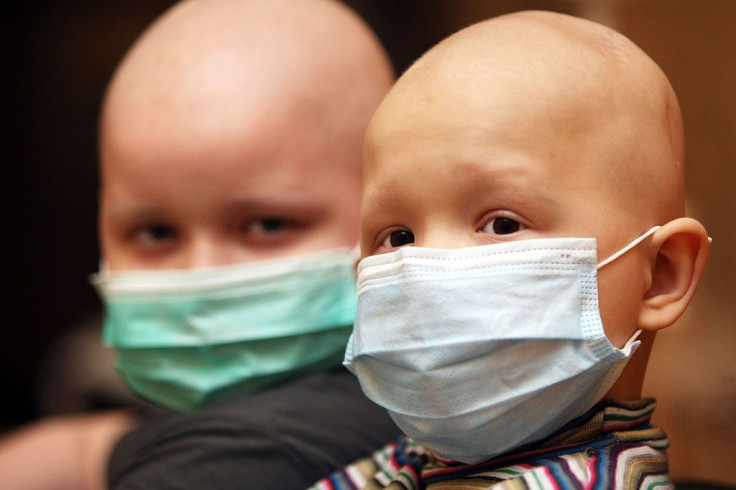607,000 Cancer Deaths In US Expected in 2019

Cancer has been among the top five causes of deaths in the United States for decades and will retain this notorious reputation in 2019 when some 607,000 people are expected to die from this deadly disease in its various forms.
It will be the second leading cause of deaths behind heart disease. Apart from its horrific human toll, cancer also inflicts a staggering economic cost on the United States.
A new report by the American Cancer Society (ACS) published in JAMA Oncology online reveals cancer took more than 8.7 million years of life among Americans. Cancer also resulted in $94.4 billion in lost earnings among people ages 16 to 84 in 2015.
The ACS report said cancer deaths impose a huge economic burden on the United States because of productivity losses due to premature death. Investigators led by Dr. Farhad Islami, M.D., Ph.D. updated data on person life-years of life lost, cancer deaths and life expectancy data.
They found a total of 492,146 cancer deaths occurred in people ages 16 to 84 in the U.S. in 2015. This death toll was equivalent to of 8,739,939 life years lost. Overall lost earnings came to $94.4 billion, or $191,900 per cancer death. Lost earnings were $29.0 million per 100,000 population overall.
Lung cancer resulted in the most in lost earnings ($21.3 billion; 22.5% of total). It was followed by colorectal cancer ($9.4 billion; 10.0%), female breast cancer ($6.2 billion; 6.5%), and pancreatic cancer ($6.1 billion; 6.5%).
According to age, lost earnings were highest for leukemia in ages 16 to 39. Lung cancer was highest in ages 40 and over.
Lost earnings per 100,000 population varied considerably by state. It stood at $19.6 million per 100,000 in Utah to $35.3 million per 100,000 in Kentucky.
States with the highest age-standardized lost earning rates were in the South. Next in line were states in the Midwest. States with the lowest age-standardized lost earning rates were in the West, Northeast, and Hawaii.
"Years of life lost and lost earnings were high for many cancers for which there are modifiable risk factors and effective screening and treatment, which suggests that a substantial proportion of our current national mortality burden is potentially avoidable," said Dr. Islami.
“Applying comprehensive cancer prevention interventions and ensuring equitable access to high-quality care across all states could reduce the burden of cancer and associated geographic and other differences in the country. Health care professionals can contribute to achieving this goal because they play a central role in the delivery of cancer prevention, screening, and treatment."
Published by Medicaldaily.com



























